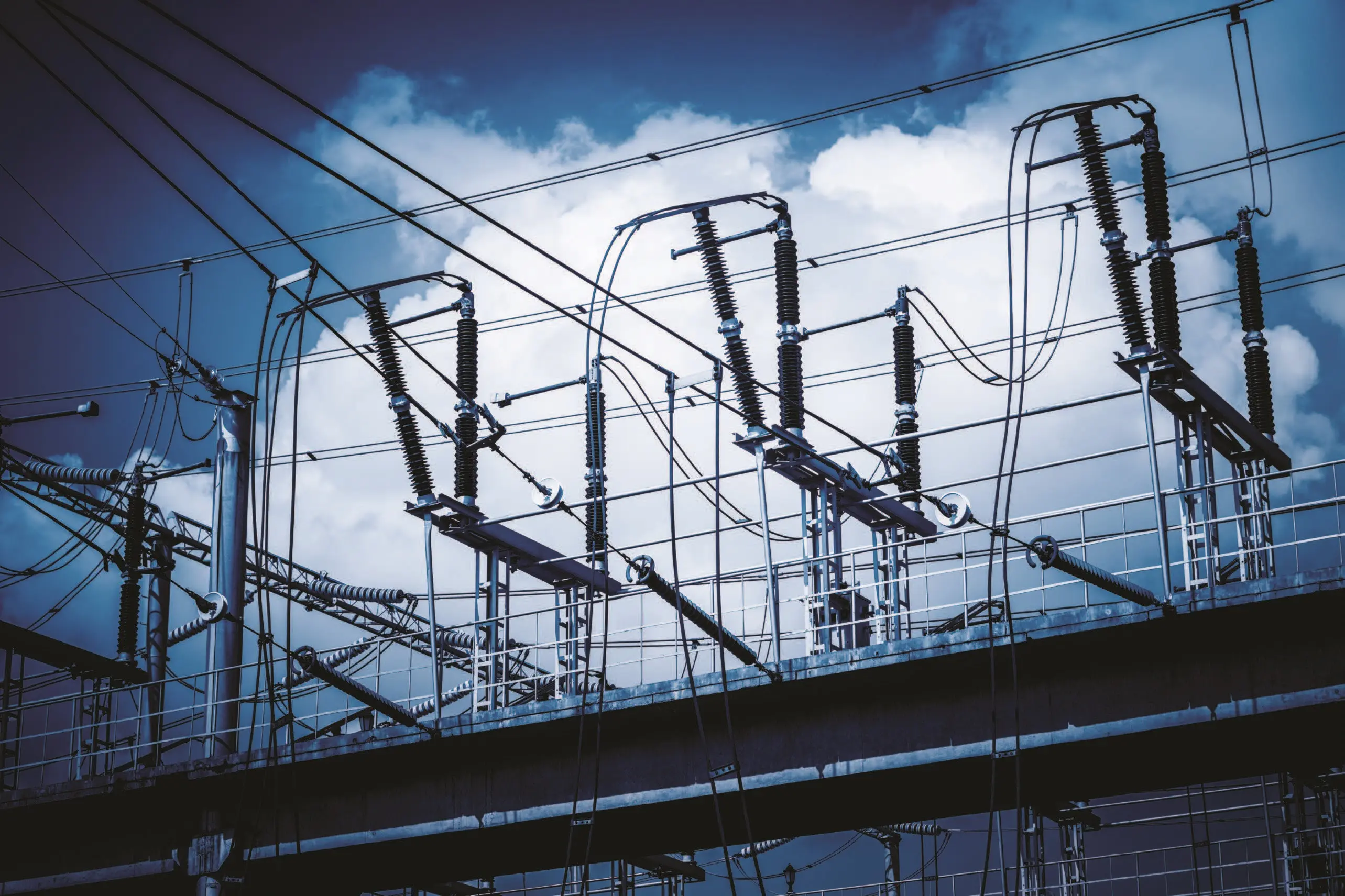
Water Based Suppression Systems
Manual or Automatic
Water Based Suppression Systems
Water-based suppression systems utilize the inexpensive and readily available medium of water to discharge onto flames through a normally fixed piping system. There are 4 main types of Water-based Protection Systems. The hazard/risk to be protected will determine the most suitable type of system you need.
Wet Systems
A wet pipe sprinkler system is fixed fire protection using piping filled with pressurized water supplied from a dependable source (either municipal or connected to a fire pump). Heat sensitive automatic sprinklers spaced and located in accordance with recognized installation standards are used to detect a fire. When a fire occurs, the heat sensing device (located on the sprinkler head itself) operates (fuses) allowing the flow of water. Upon operation, the sprinklers distribute the water over a specific area to control or extinguish the fire. As the water flows through the system, a flow alarm is initiated to indicate the system is operating. Only the individual sprinklers activated by heat immediately over or adjacent to the fire operate, minimizing water damage. Since the piping system is normally pressurized with water, the system piping temperature should be maintained above 32°F [0°C]. Please contact Janus Fire systems with any application questions.
Typical Areas of Fire Protection
Wet pipe sprinkler systems are suitable for use in the following hazard types:
Turbine Under Floors
Cable Spreading Areas
Standard Indoor Areas/Enclosures
Preaction Systems
These systems require independent detection systems to be used in conjunction with closed-pipe sprinkler systems. The detection system may be hydraulic, pneumatic or electric and may be actuated by smoke, heat, optical detectors, or be manual actuation. Detection systems typically operate before the sprinklers fuse and give an alarm. Preaction systems are usually supervised with air pressure. The purpose of the supervision is to monitor the integrity of the system. If the sprinkler head is broken or fused, or the piping is network is broken, the pressure will be reduced in the piping, and an alarm will sound. There will also be an alarm due to low air supply pressure.
Non-Interlock
An automatic sprinkler control valve (typically a deluge valve) is activated, by either a sprinkler head opening or the detection system activating. Water is discharged into the piping and is discharged out of the now open sprinkler (if it has opened).
Single-Interlock
The detection system activates the automatic sprinkler control valve (deluge valve), allowing water to flow into the piping system. However, if no sprinklers have activated the water remains in the piping without discharging. If sufficient heat is created by the fire, on or more sprinkler heads will activate. This will allow the water to flow our of the sprinkler and begin to control or extinguish the fire. In addition to a sprinkler opening, a supervisory signal is provided to the control panel indicating a loss of air pressure.
Double-Interlock
Water is only discharged after two operations have occurred. Both a sprinkler head must open (loss of air pressure) AND a detection device must activate. When both of these things have occurred, then and only then with the automatic sprinkler control valve (deluge valve) open and begin discharging water into the piping system.
Typical Areas of Fire Protection
Preaction sprinkler systems are suitable for use in the following hazard types:
Control
Rooms
Data
Rooms
Sensitive Equipment Areas
Deluge Systems
Deluge systems are used where there are typically fast growing and/or high risk hazards. These types of environments are best suited for the use of a deluge type sprinkler system or spray system. A deluge system consists of a fixed piping system, a automatic sprinkler control valve (deluge valve) and open-head sprinklers (sprinklers without a heat-sensing device like the aforementioned systems). When the detection system is activated, typically by heat detectors( (due to the type of environment), the automatic sprinkler control valve (deluge valve) will open and introduce pressurized water into the piping and all nozzles will discharge onto the hazard. There is a greater risk of water damage should an accidental discharge occur, as all the nozzles are open.
Typical Areas of Fire Protection
Deluge suppression systems are suitable for use in the following hazard types:
Coal
Conveyors
Equipment
Pits
Flammable
Storage
Oil
Heaters
Rolling
Mills
Transformers
Dry Systems
A Dry Pipe Sprinkler System, as are the other systems noted above, is a automatically operated sprinkler system. is a fire-protection system which utilizes water as an extinguishing agent. The system piping from the Dry Pipe Valve to the heat actuated sprinklers is filled with pressurized air or nitrogen. The system enables the system piping to remain dry until an automatic sprinkler is actuated.
A Dry Pipe System is primarily used to protect unheated structures or areas where the piping may be subjected to freezing. The system can be installed in any structure to automatically protect the structure contents and/or personnel from loss due to fire as with a wet pipe sprinkler system. When a fire occurs, the heat produced will operate a sprinkler causing the air pressure in the piping system to escape. When the pressure trip-point is reached, the dry-pipe valve opens allowing water to flow through the system piping and through the actuated sprinkler. At the same time a water motor alarm or electric pressure switch to sound an electric alarm. The water will continue to flow and the alarm will continue to sound until the system is manually shut off.
Typical Areas of Fire Protection
Dry pipe sprinkler systems are suitable for use in hazard areas subject to freezing [areas with temperatures below 32°F (0°C)]
Tim Pope
Director of Operations+1(708) 417-3955


